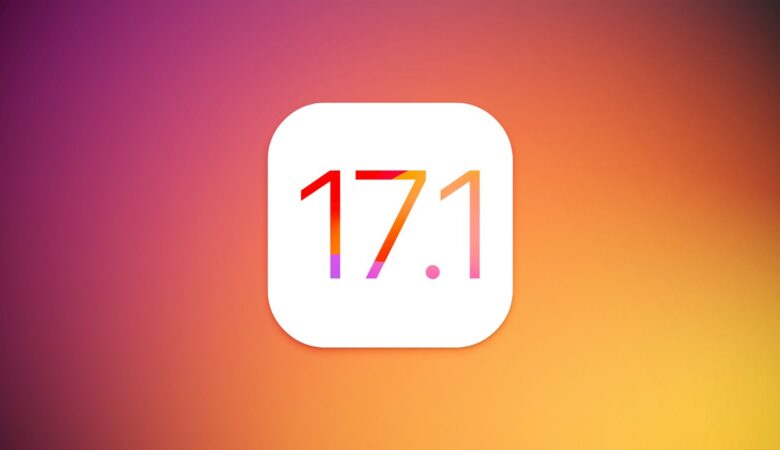India has plunged into recession for the first time in nearly a quarter of a century as the epidemic continues to hit hard in Asia’s third-largest economy, with economists warning it will be difficult to recover from the crisis.
GDP Contraction
Official data published on Friday showed that gross domestic product for the July and September quarters fell by 7.5% compared to the same period last year, when the economy grew by more than 4%.
This follows a record drop of about 24% in GDP over the period April-June, the first quarter of India’s financial year.
“With a view to curbing the spread of Covid-19, restrictions on economic activity could be considered important during [the first quarter],” India’s Statistics Department said in a statement on Friday. “While the restrictions have been gradually lifted, it has had an impact on economic activity.”
Sectoral Contribution
While production returned to growth, the service sector experienced a second consecutive two-digit decline. Government spending has also declined in part due to “insufficient financial response to this crisis,” said India’s chief economist at Capital Economics, Shilan Shah.
The first positive results from AstraZeneca for those who wanted to be vaccinated are good news in India, as it has the country’s largest orders and that the vaccine will be produced locally, added Shah.
The vaccine “is the most encouraging indication that India has a way of ending its Covid-19 epidemic and the social shifts that continue to survive economically,” he said in a research paper.
But distribution challenges could mean that the vaccine would not be widely available until the second half of next year, adds Priyanka Kishore, India’s chief economist and South East Asian at Oxford Economics. There are other concerns that the lack of clarity regarding data from vaccine trials could delay legal approval.
Both economists say the Indian economy has a difficult path ahead. “The lack of a complete financial response will hamper further growth,” Kishore said.
Monetary And Fiscal Policy
Investors will take a closer look when India’s largest bank meets next week.
“Under these circumstances, monetary policy is likely to remain relatively unstable in the foreseeable future, and we think the markets may be more likely to trade in anticipation of lower inflation by 2022,” Shah said.
GDP figures highlight the unique fortunes of India and China in the aftermath of this epidemic.
While much of the world continues to fight the virus, China’s recovery has accelerated in the last quarter. The country has imposed stricter closure policies and a follow-up policy aimed at containing the virus, and has set aside hundreds of billions of dollars for major infrastructure projects to promote economic growth. It could be the end of the big economy for the end of the year to be bigger than it started.






Leave a Reply
You must be logged in to post a comment.